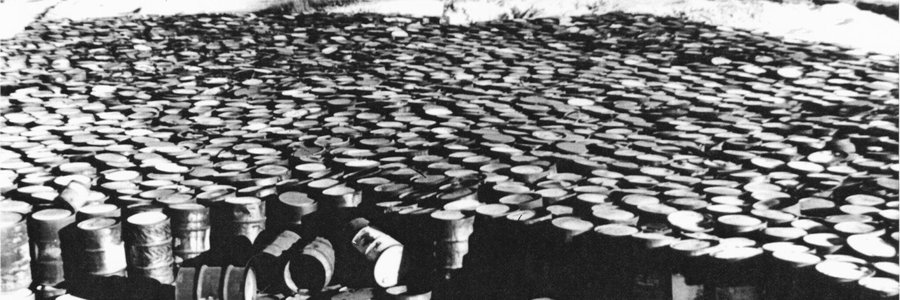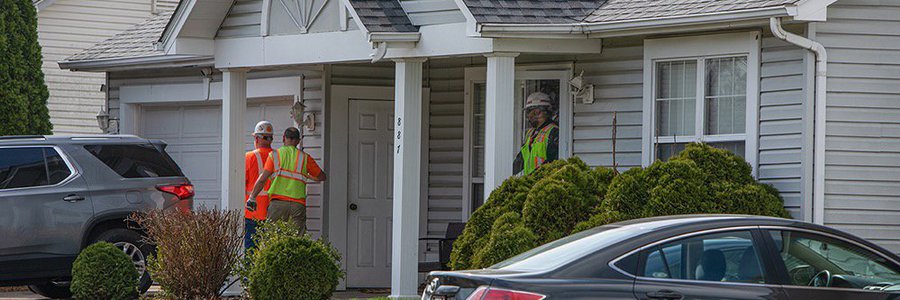Atomic Fallout: Records reveal the federal government downplayed, ignored health risks
Over six months, more than two dozen journalists and researchers pored over 6,700 pages of federal government documents, many of which had been either newly-declassified or never before reviewed.
We consulted experts to analyze the reports anew, to see if the environmental and radioactivity testing done decades ago could be seen and understood in a different, modern light.
In addition to the full report, you can explore the the history of the St. Louis nuclear waste site in an interactive map and read some of the key findings of our joint report. If you’re a journalist interested in applying our lessons to your own reporting project, or just want to know more about the process, there’s also a guide to how our ‘Atomic Fallout’ reporting came together.
20 Articles

New Missouri House committee will investigate impact of St. Louis nuclear waste
The committee, established to hear testimony on the issue and recommend legislation, will meet Oct. 15.

MuckRock and partners recognized for its journalism
MuckRock has won the First Amendment Coalition’s Free Speech and Open Government Award for its data journalism collaborations and was named a finalist for the National Institute for Health Care Management Awards and Sigma Awards.

Florissant homes built on Coldwater Creek may sit on radioactive contamination
The U.S. Army Corps of Engineers is drilling through basement floors in the Cades Cove subdivision of Florissant to determine whether there is radioactive contamination under residents’ homes.